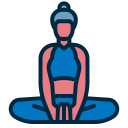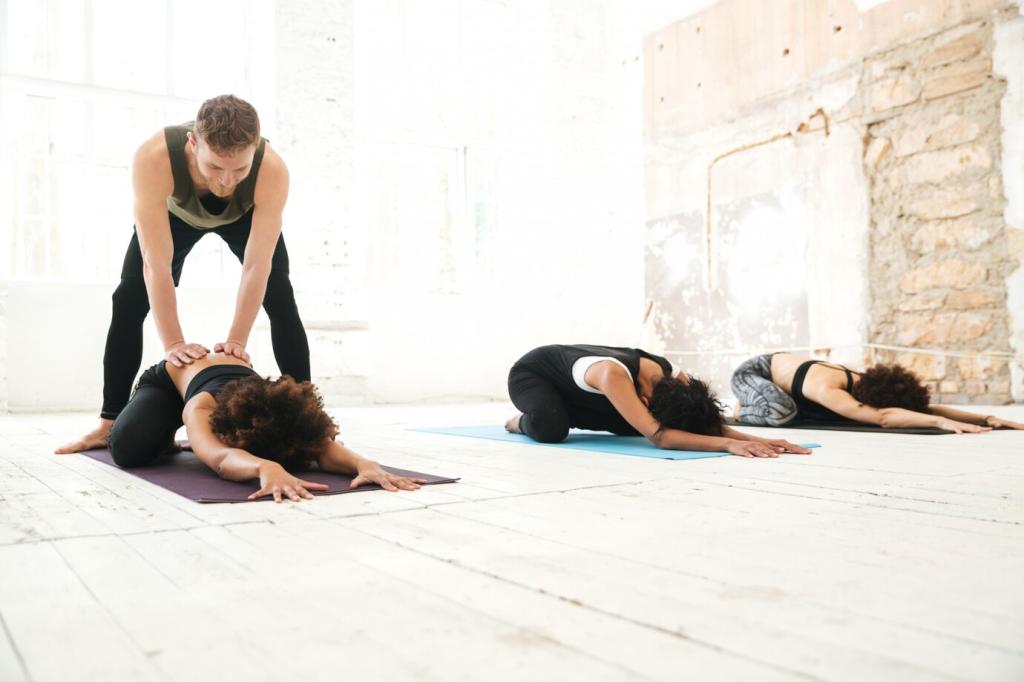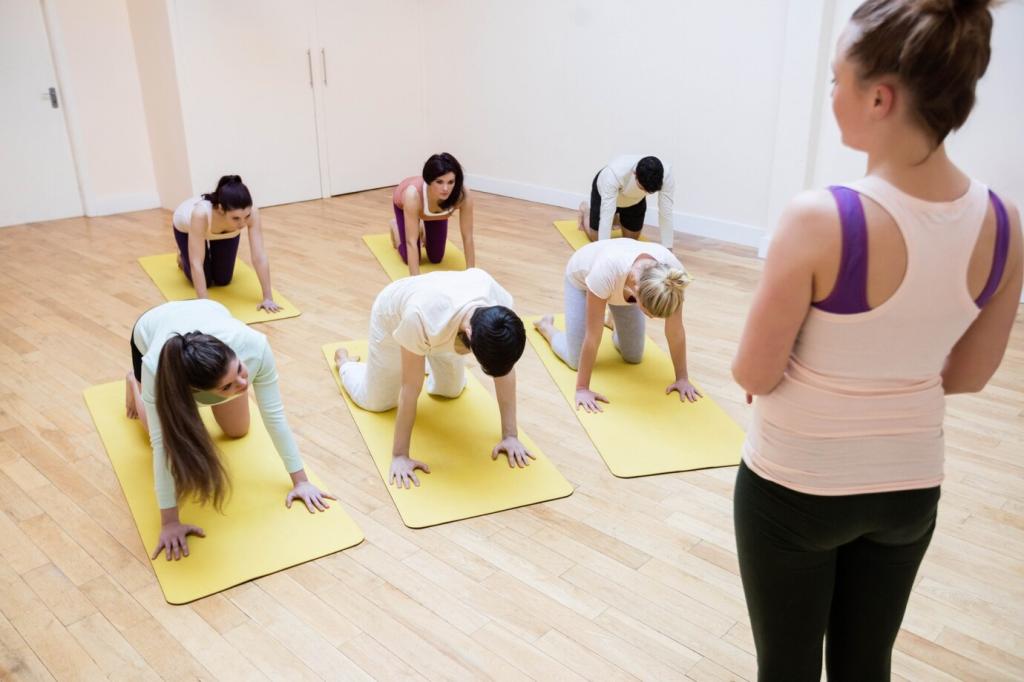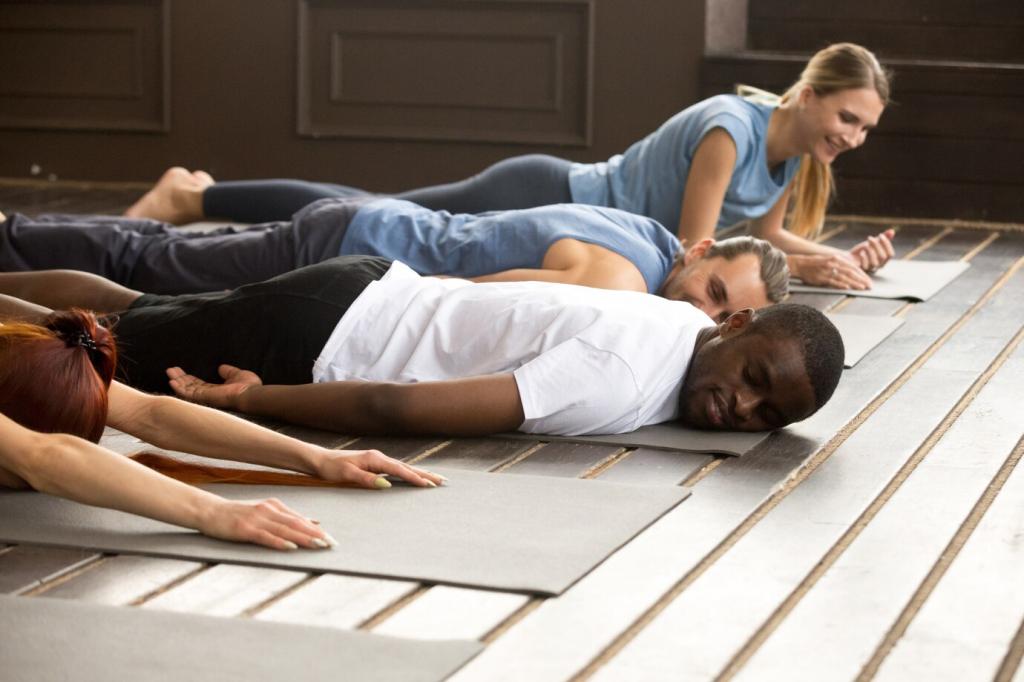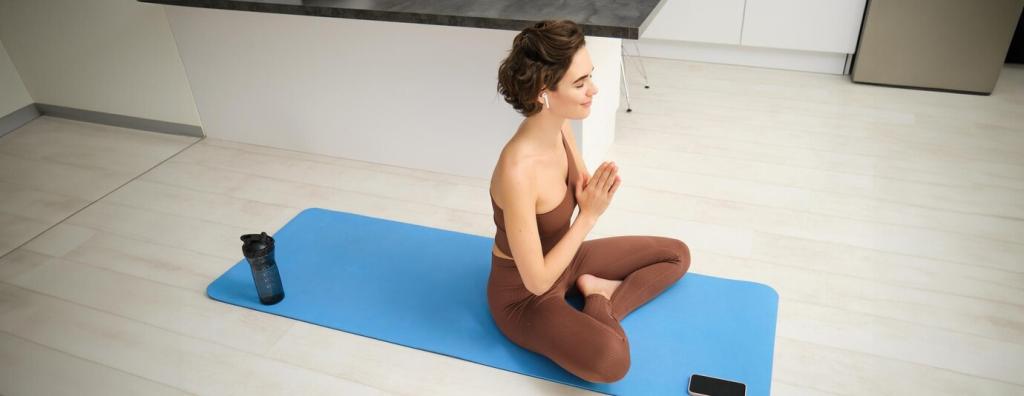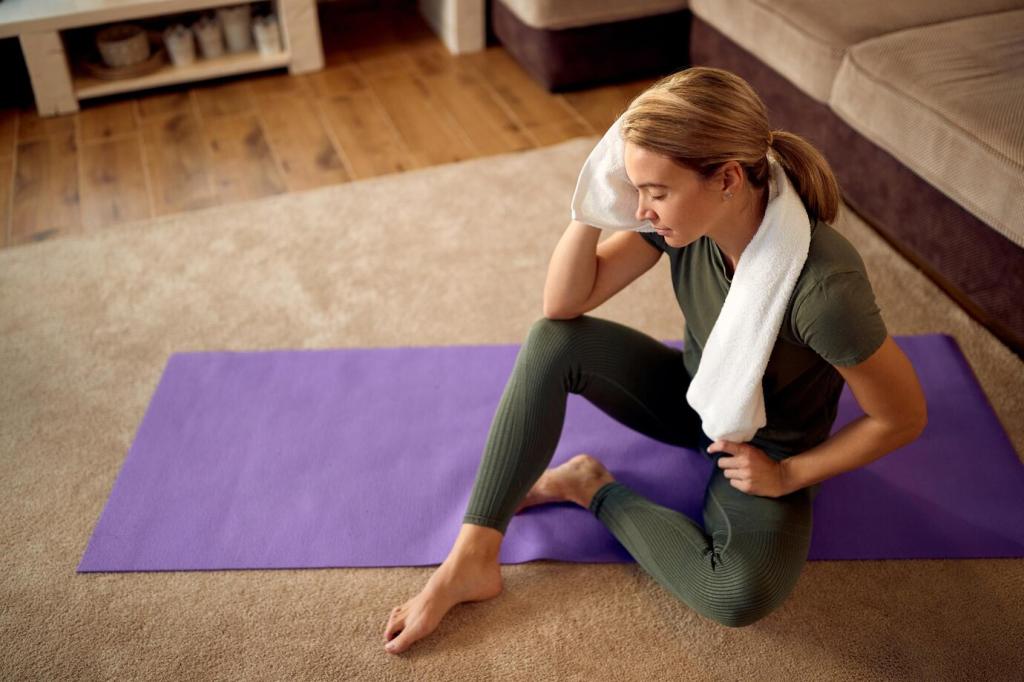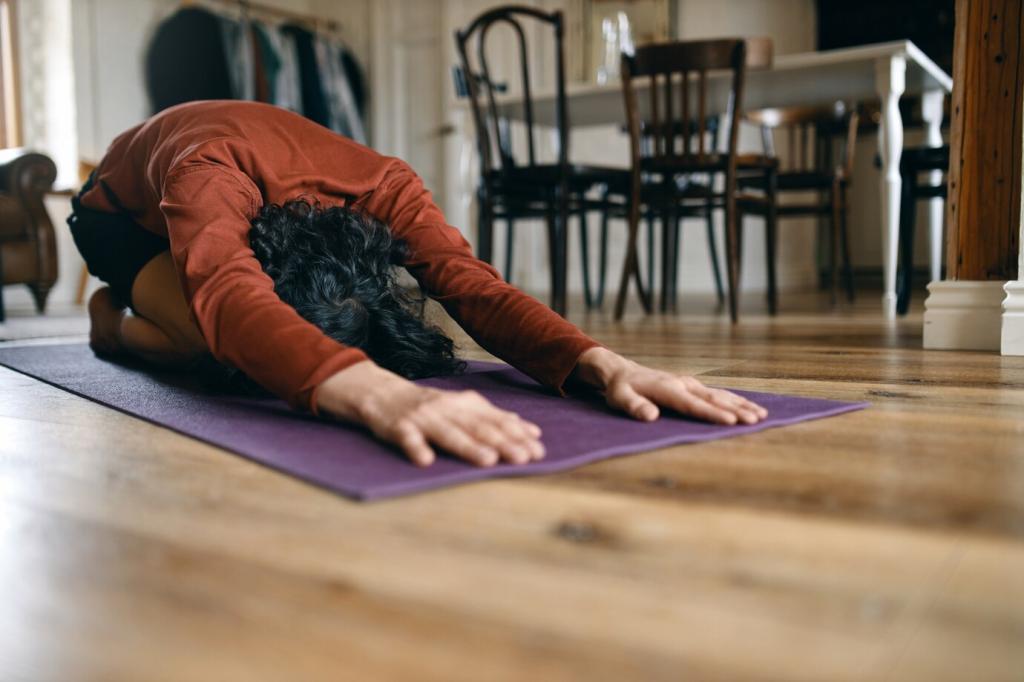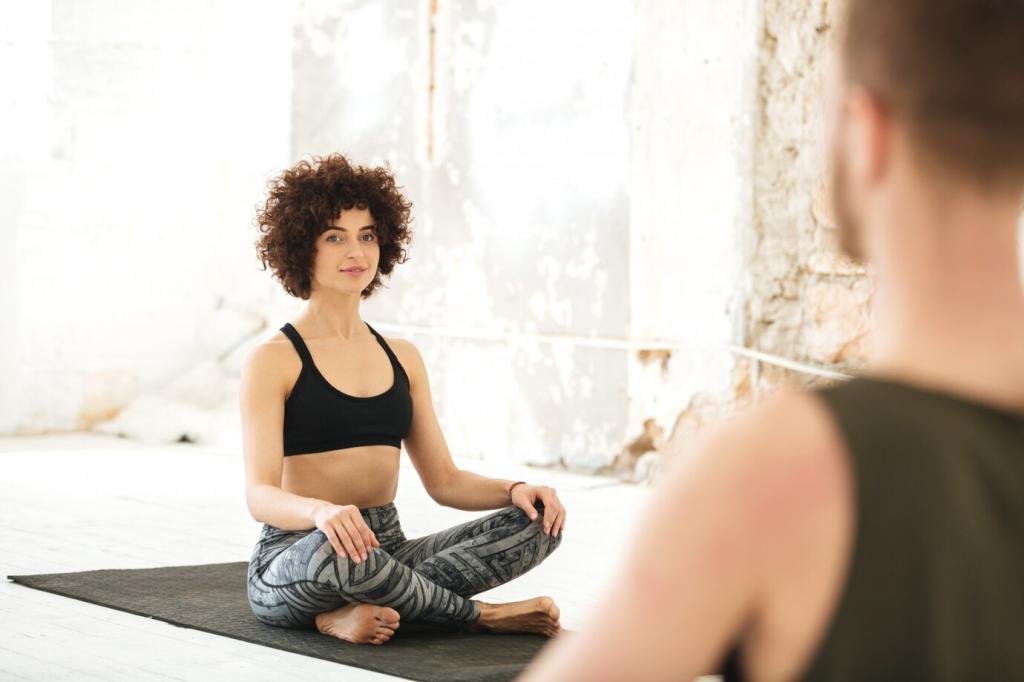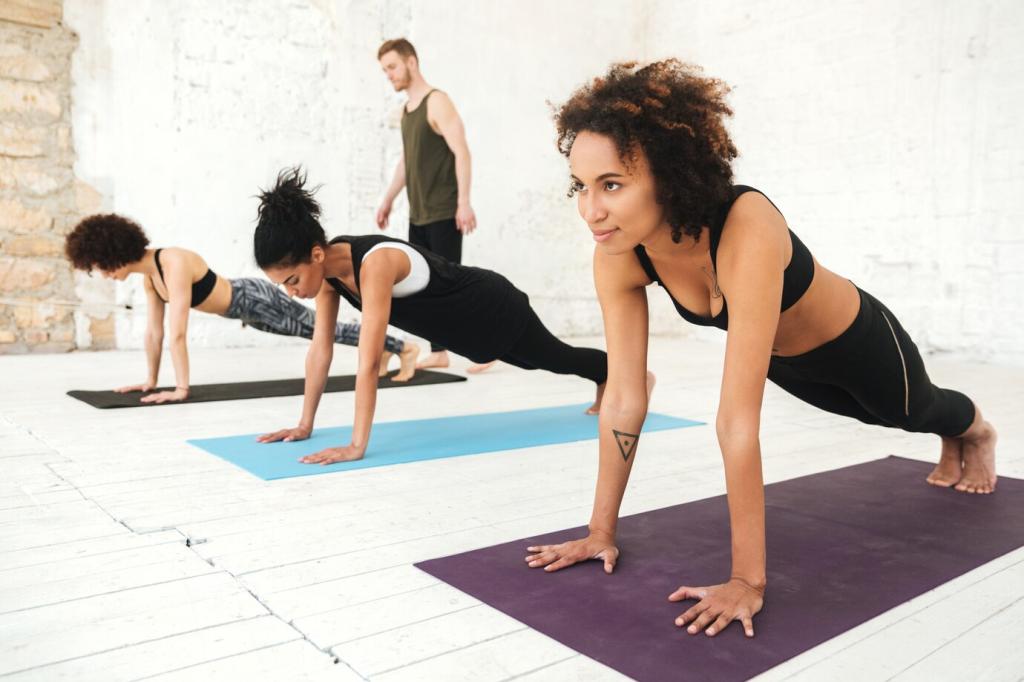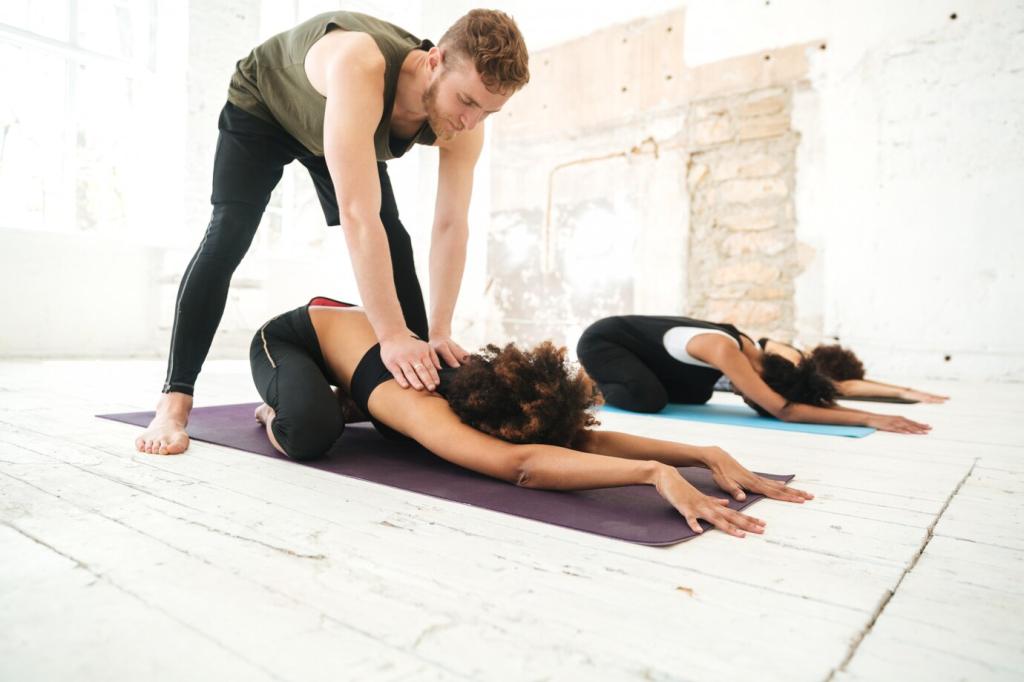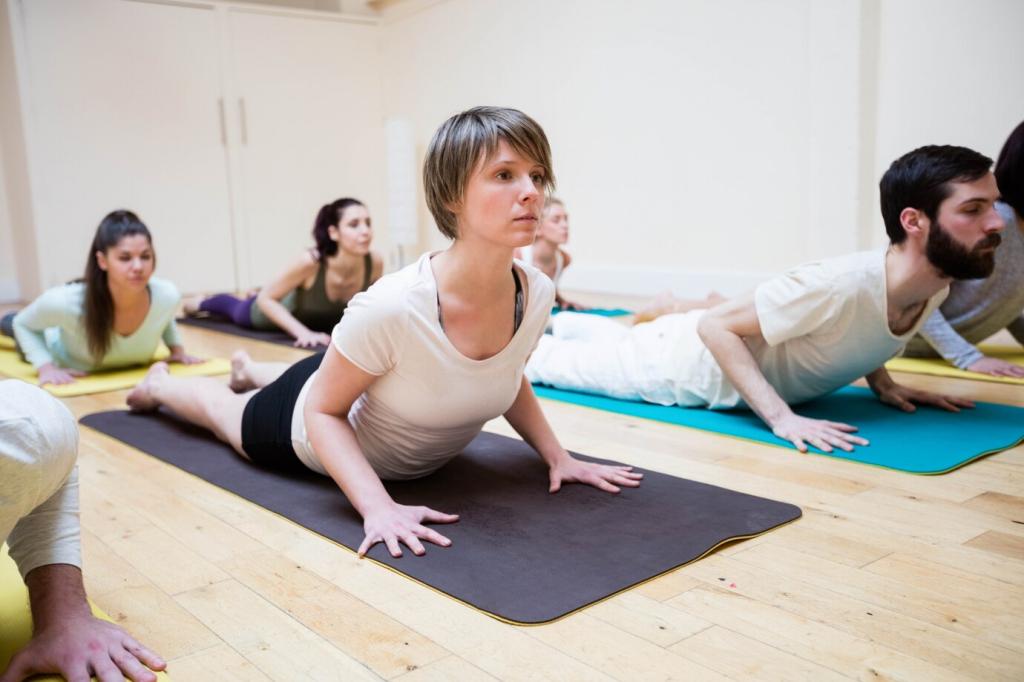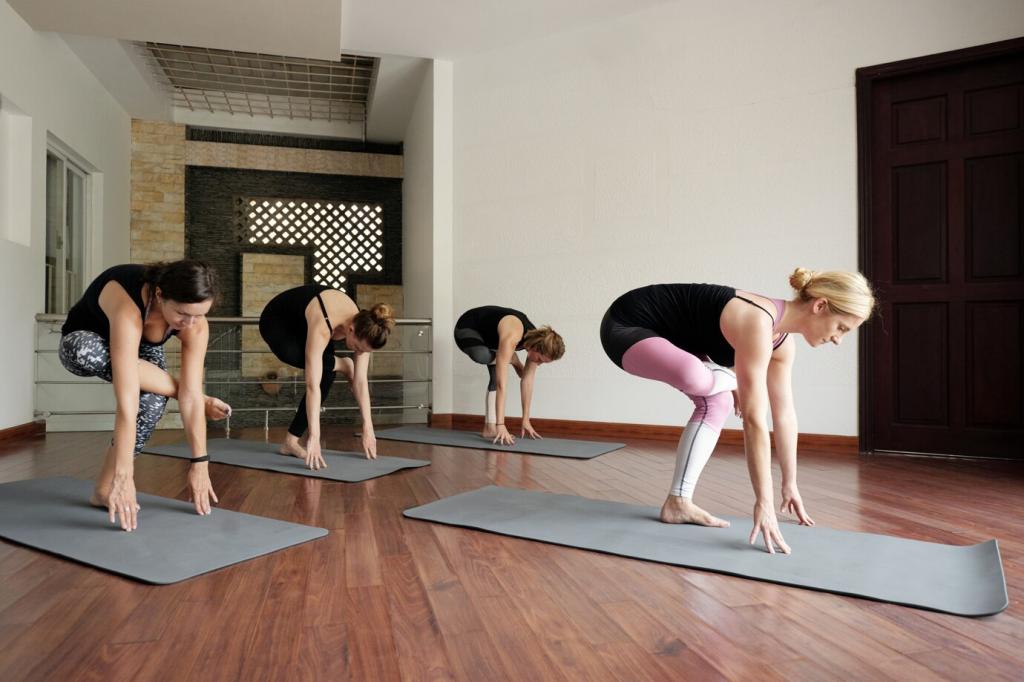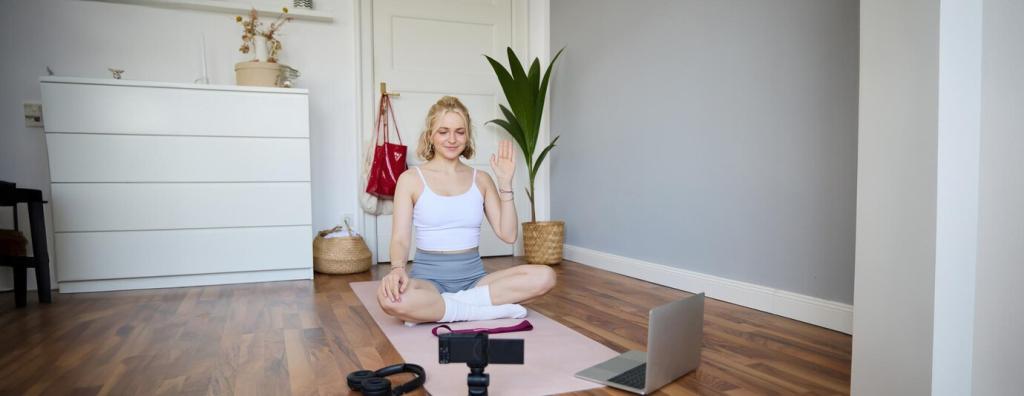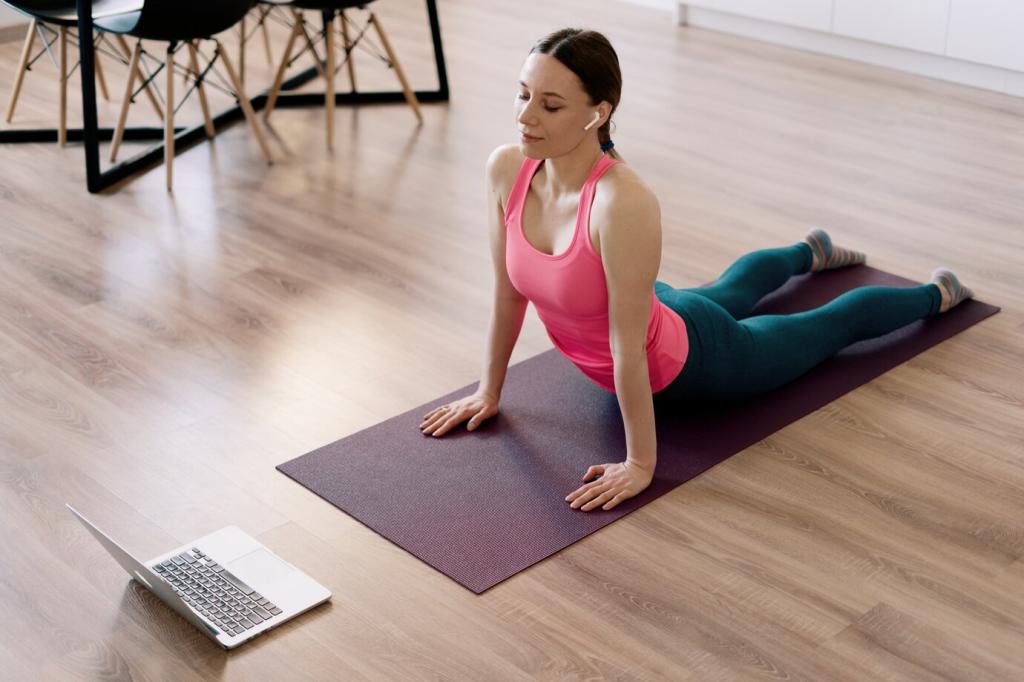Avoiding Injury: Red Flags and Smart Modifications
A safe stretch feels warm or mildly intense, never sharp, numb, or tingly. If you hold your breath or clench your jaw, that’s a red flag. Back out, breathe, and modify. Share a time you avoided discomfort by adjusting; your story can normalize wise choices for other beginners.
Avoiding Injury: Red Flags and Smart Modifications
Overstriding, locking joints, and rushing transitions can lead to tweaks. Fix them by shortening stances, micro-bending elbows and knees, and moving on an exhale. Keep props within reach to prevent awkward lunges. What pitfall have you faced? Comment, and we’ll offer personalized tips in our next newsletter.
